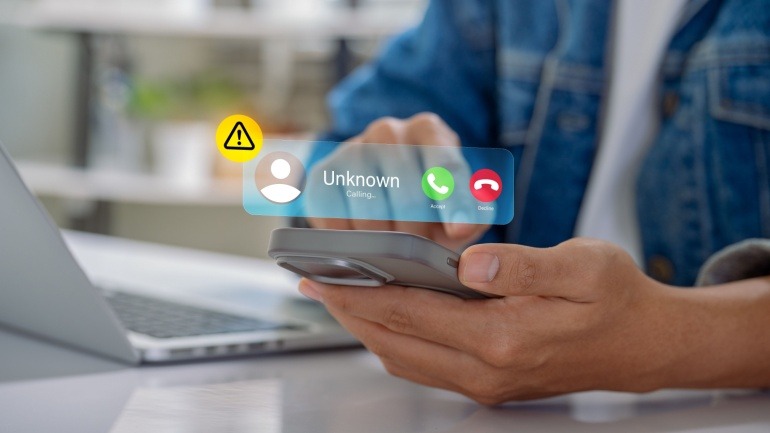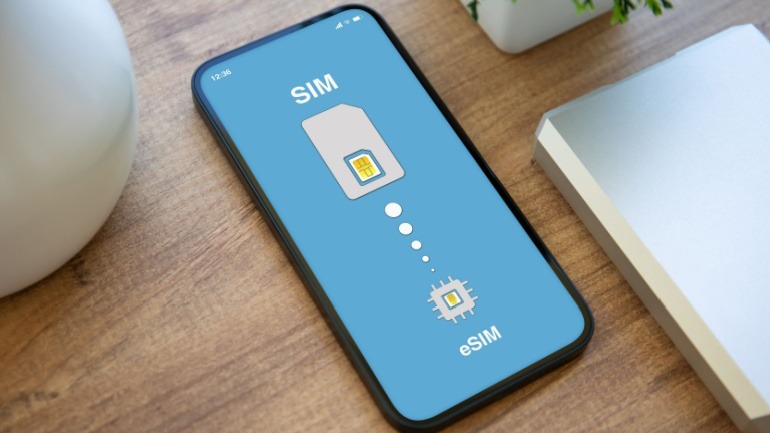Digital Catapult joins a major Horizon Europe-backed 6G initiative to advance smarter, faster, and sustainable networks. Collaborating with global leaders like Samsung and Nokia, the project explores AI integration and Open RAN technologies.
Josh Etheridge, co-owner of a Louisiana broadband firm, warns that delays in the BEAD program are crippling rural infrastructure progress. His company, ready since January, has laid off workers and halted projects. Etheridge urges federal action, saying communities and jobs hang in the balance while bureaucratic slowdowns stall critical broadband deployment.
DIDWW has expanded its number porting coverage in Slovenia, aligning with their mission to enhance global phone number porting options. Businesses using Slovenian DID phone numbers can now enjoy a seamless transition to DIDWW, benefiting from two-way VoIP trunking services.
The Philippines introduces VITRO Sta. Rosa, the first GPU-powered, AI-focused hyperscale data center, marking its digital infrastructure leap. Offering GPU as a Service, VSR supports AI-driven transformation, attracting tech enterprises with its robust, secure services.
Virgin Media O2 has cut Scope 1 and 2 emissions by 56 percent since 2020 and expanded its electric vehicle fleet. Progress includes major energy savings, renewable electricity use, and reductions in packaging waste, all part of its push toward net zero emissions.
The UK government is pioneering a ban on ‘SIM farms’ to combat rising fraud and scams. SIM farms are hubs for multiple SIM cards enabling mass messaging for fraudulent activities. This legislative action targets the method, disrupting major fraud operations and safeguarding the public.
Telenor IoT is revolutionizing its services by integrating the innovative SGP.32 global eSIM standard from GSMA. This upgrade promises enhanced management of IoT deployments, with streamlined remote SIM profile management and seamless network switching. The shift ensures optimized IoT operations and positions Telenor IoT as a leader in scalable, efficient connectivity solutions.
As the buzz around 6G grows, a pressing question emerges: Is 6G inevitable, and will it surpass 5G? While advancements in 5G dominate current efforts, the discourse on the transition’s timing and necessity is gaining momentum. Significant investments are being funneled into enhancing networks, potentially redefining VoIP solutions.
DIDWW has expanded its two way voice services with local call termination in Costa Rica, enhancing global coverage and communication quality. This new outbound SIP trunking service supports seamless local connectivity, ideal for businesses optimizing their operations.
Vodafone and A1 Group have achieved a major milestone by enabling seamless 5G Standalone roaming between networks. This breakthrough, powered by Ericsson’s technology and global standards, ensures secure, high-quality connectivity and sets the stage for enhanced mobile experiences across Europe and beyond.













